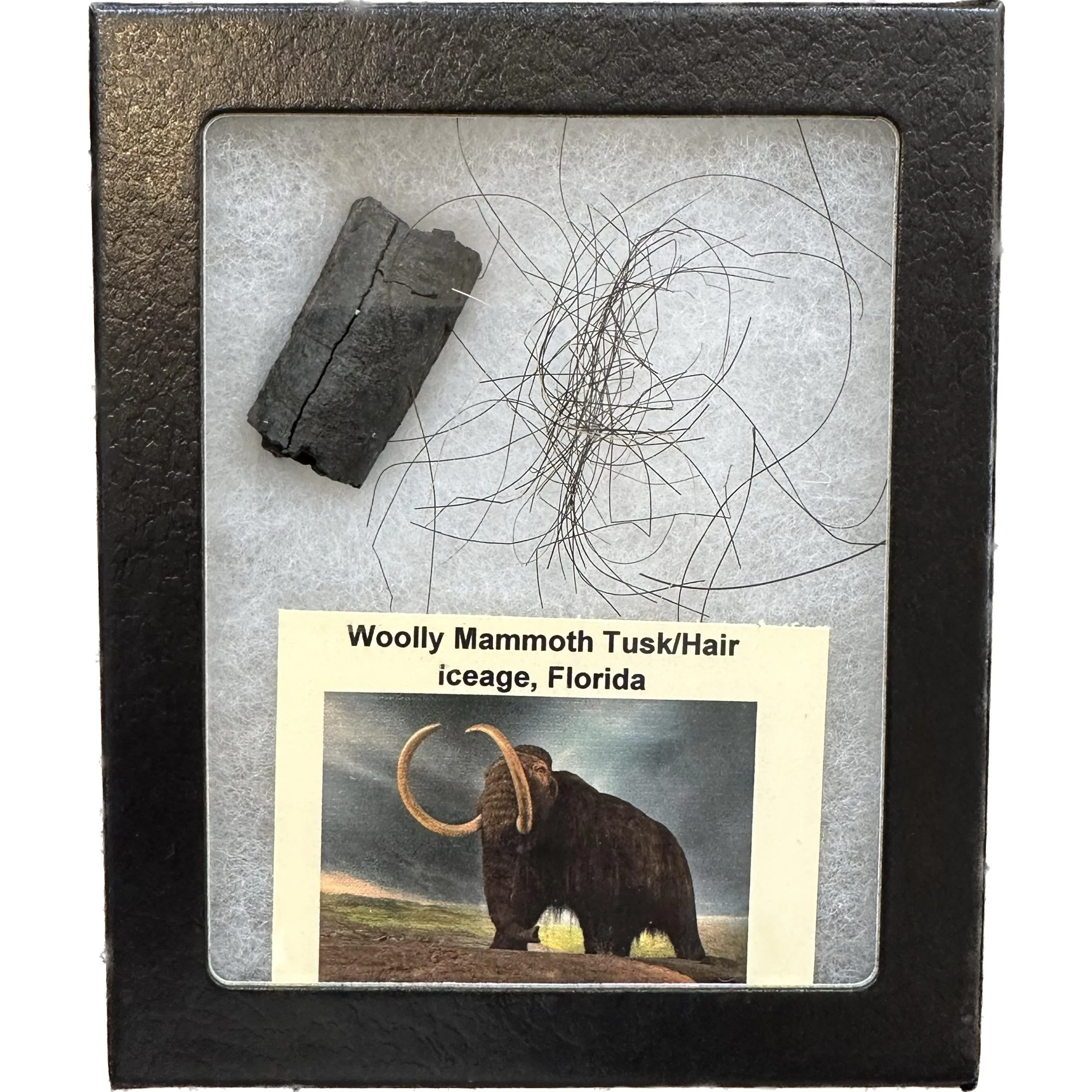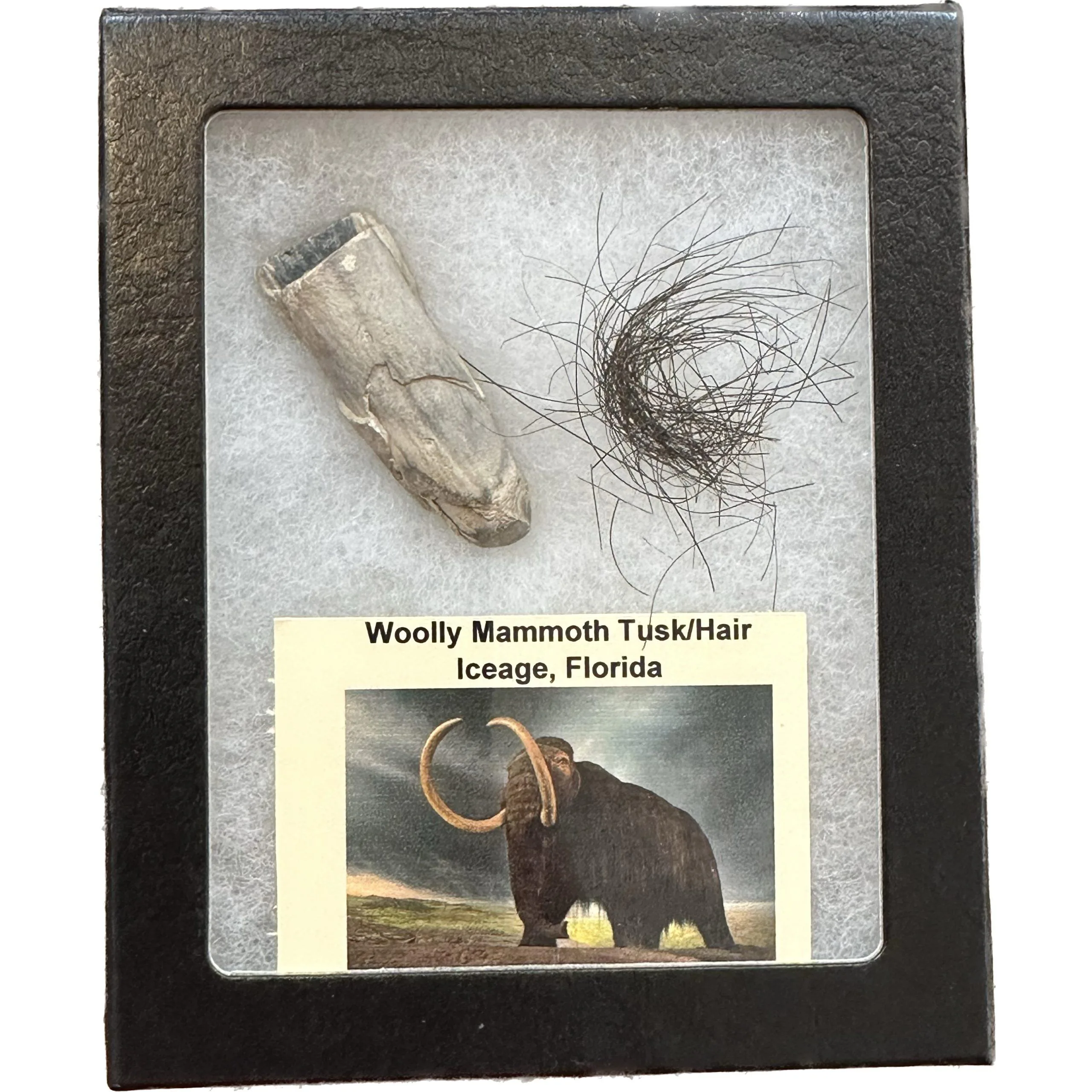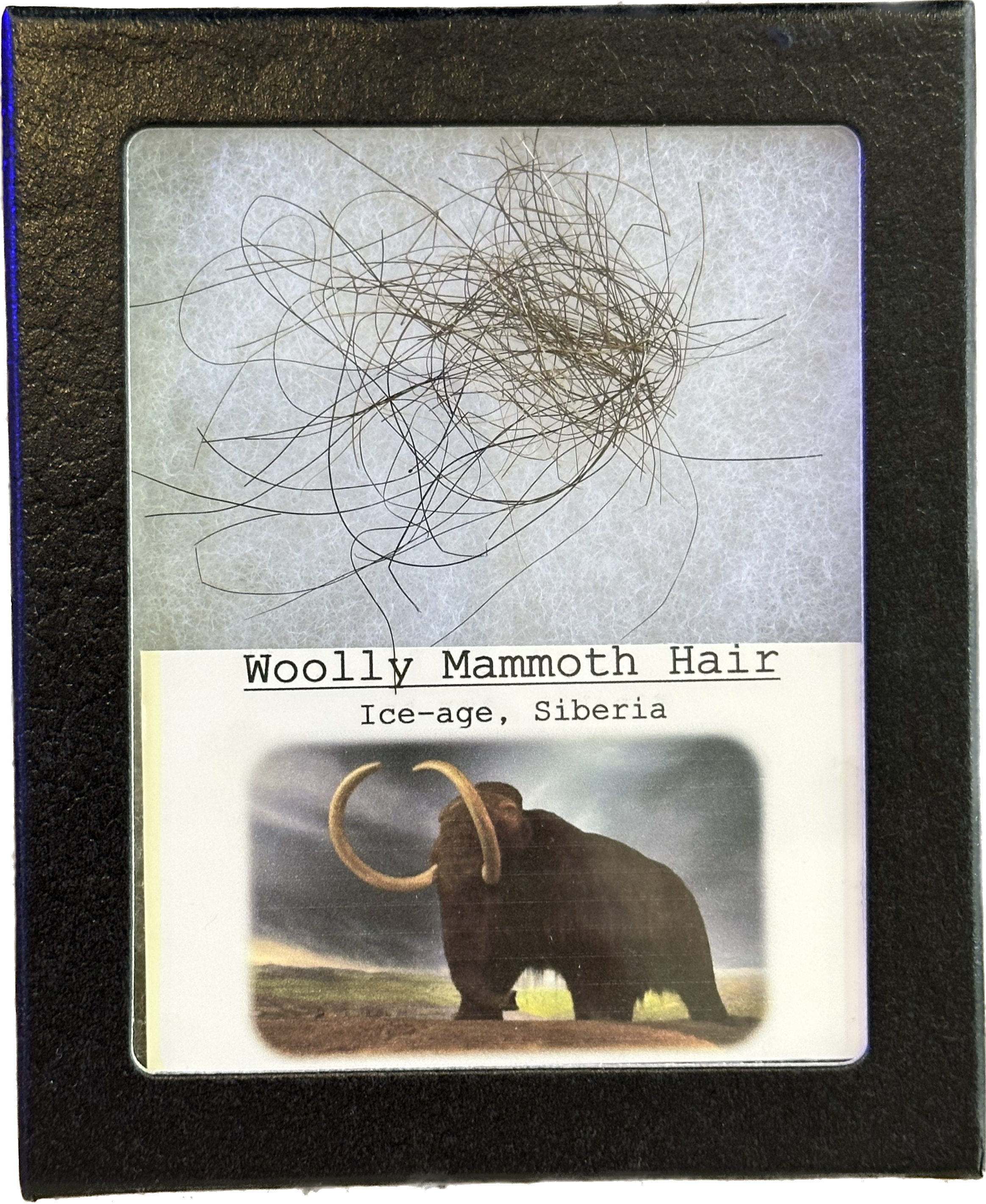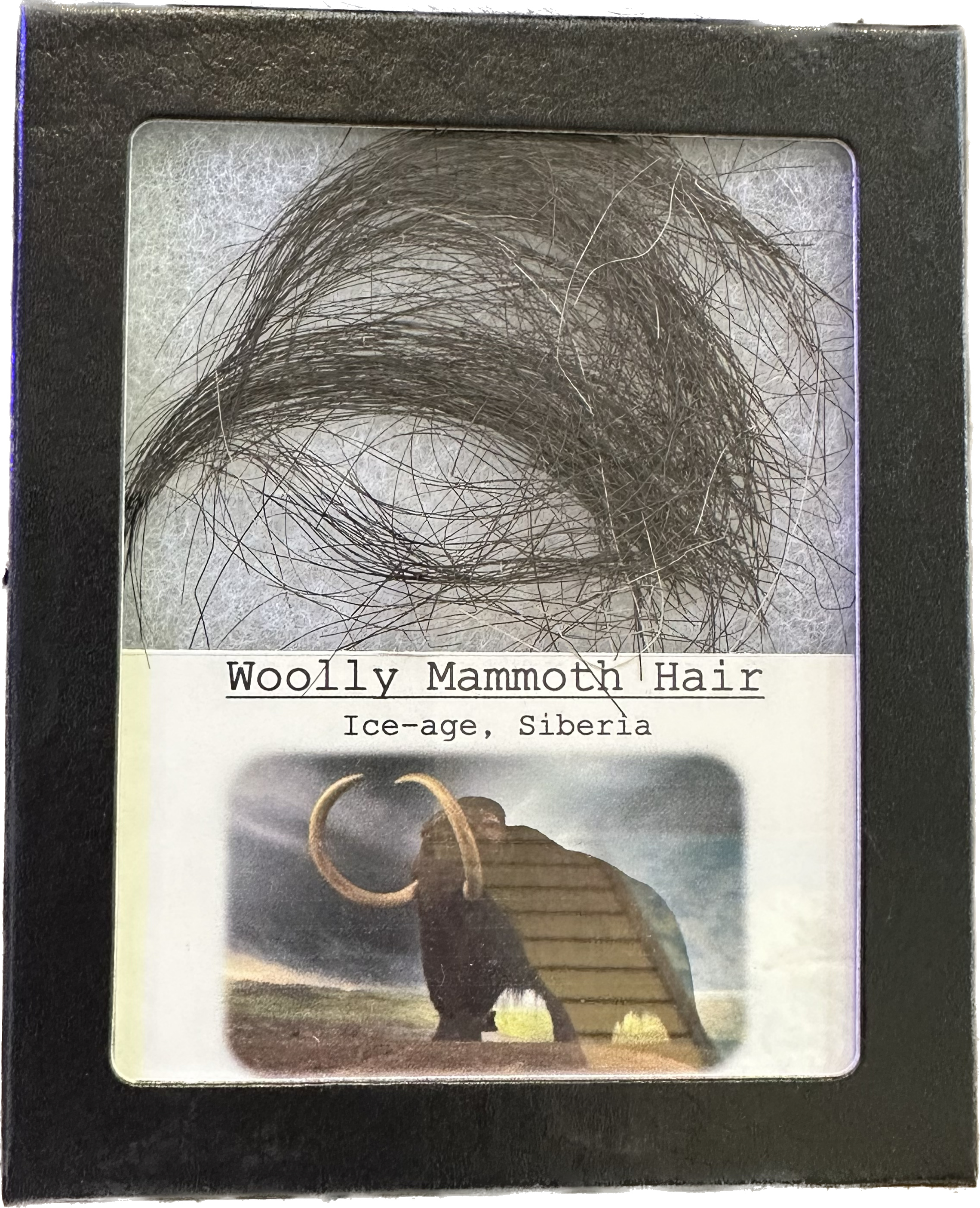Fossil Walrus Tusk, 6.1 pound found in Washington State 60 years ago.
Fossil walrus tusks, remnants of a prehistoric era, hold within them the stories of ancient ecosystems and the remarkable adaptations of one of the ocean’s most iconic creatures. These tusks, often unearthed from the depths of sedimentary layers or washed ashore by the tides of time, offer a window into the distant past, revealing insights into the evolutionary history of walruses and the environments they once inhabited.
The walrus, scientifically known as Odobenus rosmarus, is a large marine mammal belonging to the Odobenidae family, which includes only two extant species: the Pacific walrus (Odobenus rosmarus divergens) and the Atlantic walrus (Odobenus rosmarus rosmarus). However, during the Pleistocene epoch, several other species of walruses roamed the Earth’s oceans, leaving behind a legacy preserved in fossilized remains, particularly their tusks.

Fossil walrus tusks are predominantly composed of dentine, a hard, ivory-like material similar to that found in elephant tusks. Unlike elephant tusks, which are elongated incisor teeth, walrus tusks are enlarged canine teeth that can grow to remarkable lengths, sometimes exceeding one meter in the case of large males. The tusks are used for a variety of purposes, including social interactions, defense, and foraging for food. In the case of fossilized tusks, they serve as invaluable artifacts for paleontologists and researchers, shedding light on the biology, behavior, and distribution of ancient walrus species.
The process of fossilization begins when a walrus dies and its remains become buried in sedimentary layers over time. As the organic matter in the tusks decomposes, the mineral-rich groundwater percolates through the surrounding sediment, gradually infiltrating the porous structure of the tusks. Over thousands, or even millions, of years, the organic material is replaced by minerals such as calcite or silica, effectively transforming the tusks into fossils. This process preserves the intricate details of the tusks, including growth rings, microscopic structures, and even traces of ancient environments.
One of the most significant contributions of fossil walrus tusks is their role in reconstructing past climates and ecosystems. By analyzing isotopic compositions and trace elements preserved within the tusks, researchers can infer information about the water temperature, salinity, and diet of ancient walruses. For example, variations in oxygen isotopes can provide insights into fluctuations in sea ice extent, while the presence of certain elements may indicate the types of prey consumed by walruses. These data help scientists build a more comprehensive understanding of how walruses responded to past environmental changes and how they might adapt to future climate scenarios.
Furthermore, fossil walrus tusks offer valuable clues about the evolutionary history of walruses and their relatives. By comparing the morphology and structure of fossil tusks to those of modern walruses and other pinnipeds, researchers can trace the evolutionary pathways of these marine mammals and elucidate their relationships with other species. Fossil evidence suggests that walruses evolved from terrestrial ancestors, gradually adapting to a semi-aquatic lifestyle over millions of years. The study of fossil tusks helps fill in the gaps in this evolutionary narrative, revealing the anatomical changes and ecological pressures that shaped the evolution of walruses as we know them today.
In addition to their scientific significance, fossil walrus tusks hold cultural and historical importance for indigenous peoples inhabiting regions where walruses are or were once prevalent. In many Arctic communities, walruses have long been revered as symbols of strength, resilience, and adaptability. Fossil tusks serve as tangible connections to ancestral traditions and knowledge, providing insight into the interactions between humans and walruses throughout history. Moreover, the trade and craftsmanship associated with fossilized tusks have sustained livelihoods and cultural practices in these communities for generations.
![]()
However, the increasing rarity of fossil walrus tusks due to factors such as climate change, habitat degradation, and illegal trade poses challenges to their conservation and study. As Arctic ecosystems undergo rapid transformations in response to global environmental changes, the future of walruses and their fossilized remains hangs in the balance. Efforts to protect these iconic marine mammals and their habitats are essential not only for their survival but also for preserving the rich tapestry of Earth’s natural history for future generations.
Prehistoric 101 (Learn about fossils, minerals, and meteorites)
What is a Woolly Mammoth?
What is a Mastodon?
Prehistoric Elephants




























